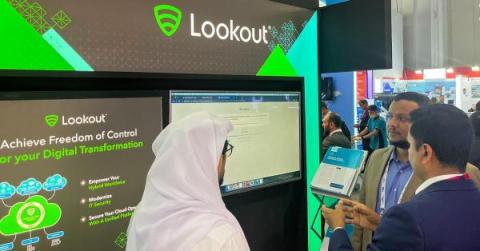BYOD and Phishing Attacks: Top Threats Facing U.S. Government Organizations
Telework has become a mainstay, and with it, so has employee reliance on personal mobile devices. These devices are difficult to monitor and keep up to date, presenting a unique security challenge for U.S. local, state, and federal government organizations.










